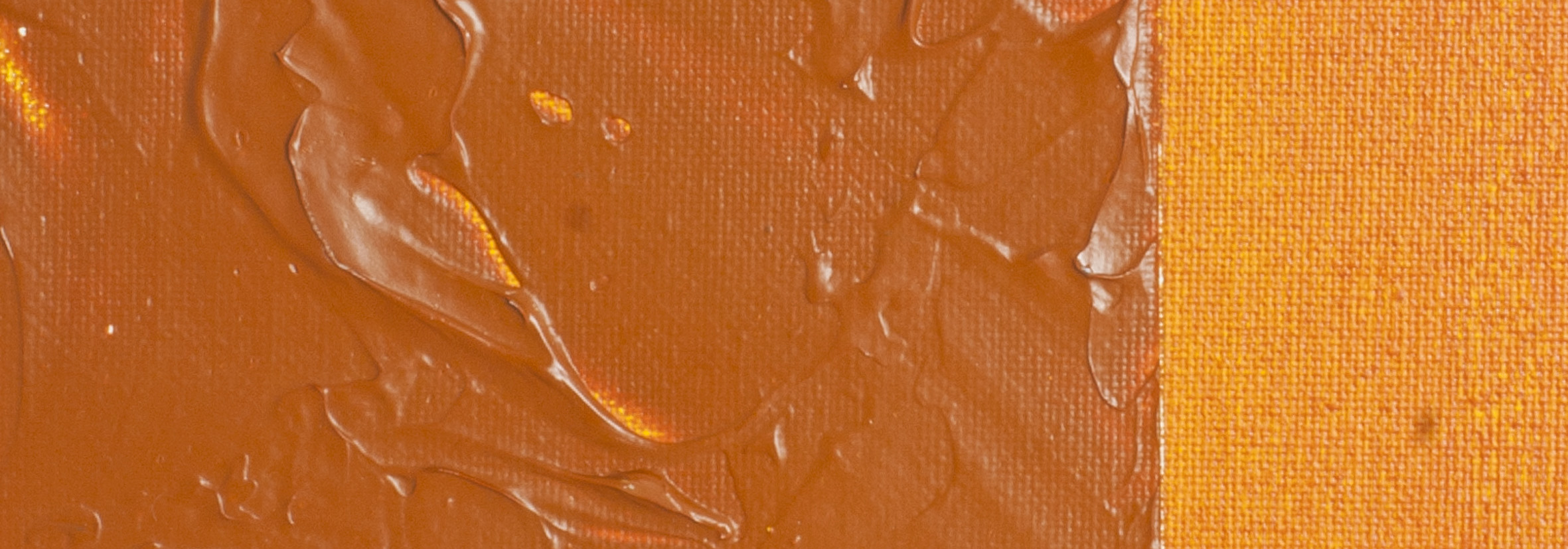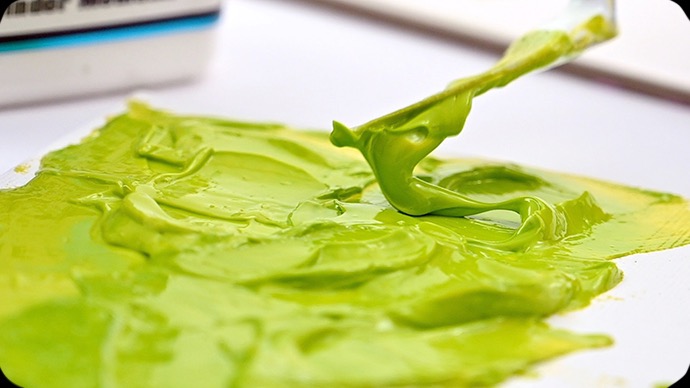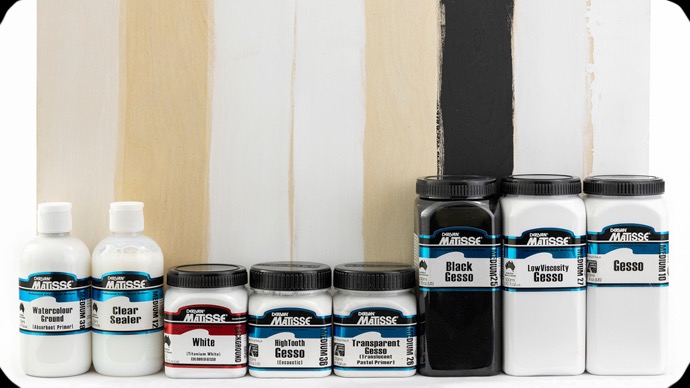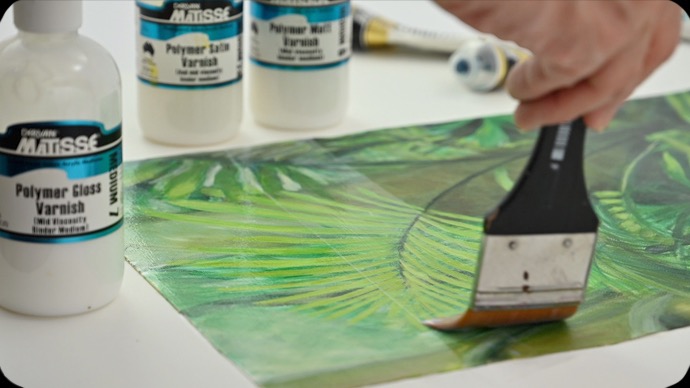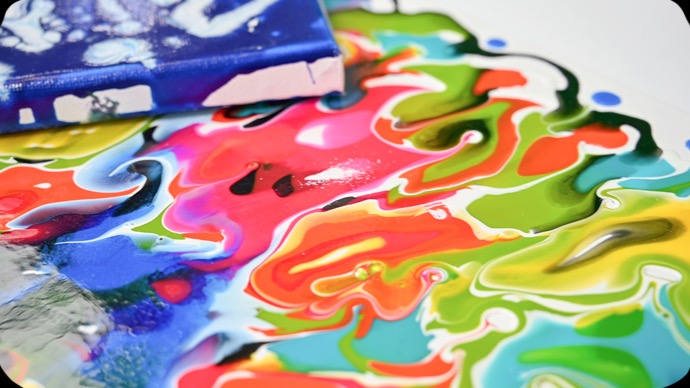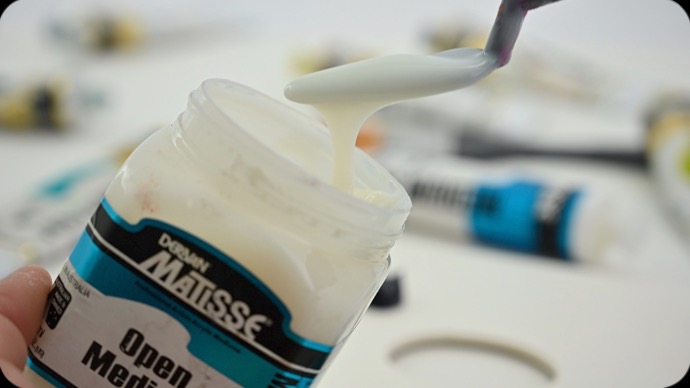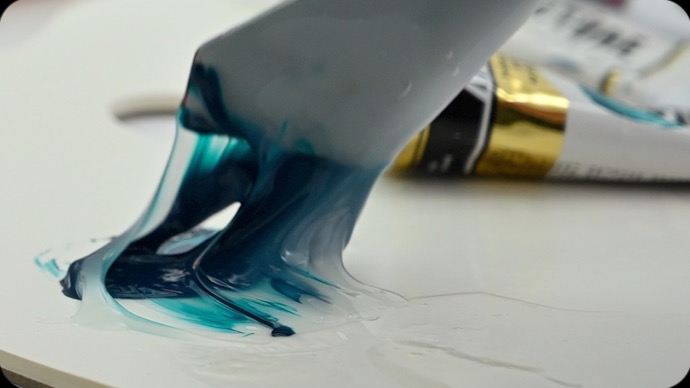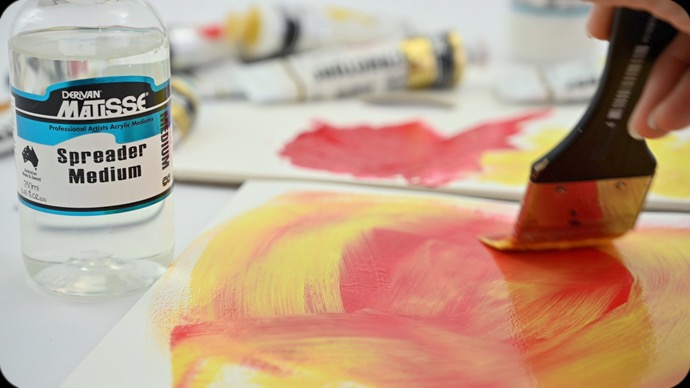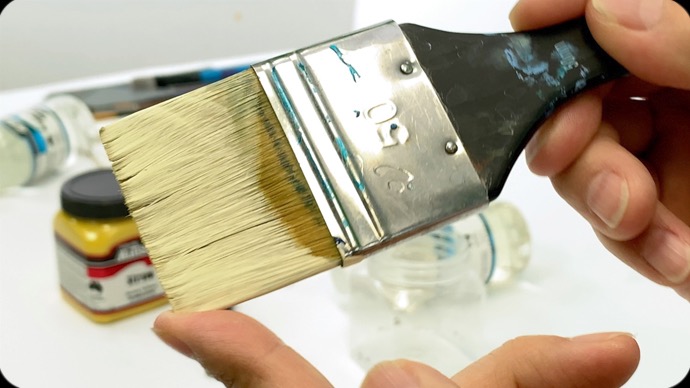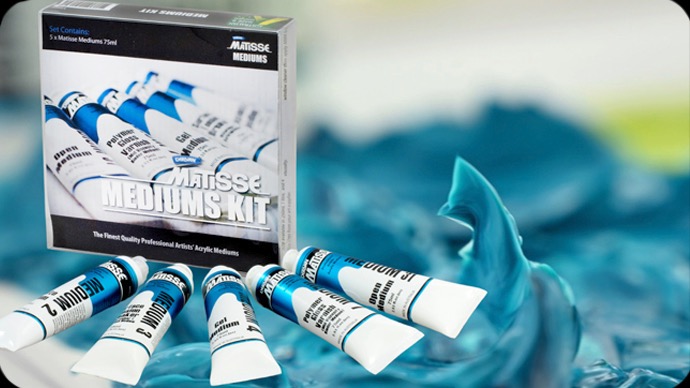
How much acrylic retarder should you use?
Adding over 8% MM1 Drying Retarder will compromise the waterfastness of the dried paint by slowing the acrylic cross-linking. Therefore, although the paint may appear dry, it can be re-wet with a wet brush or cloth.
What happens if you add too much Acrylic Retarder?
Drying Retarder will slow the evaporation of water from the paint. However, excess amounts of MM1 Drying Retarder (over 10%) will severely restrict "cross-linking" of the acrylic. Therefore, even though the paint may look dry (and indeed, all the water will have gone from the colour), it will not have "cross-linked" or "cured", so it can be re-wet, i.e. with a wet brush or cloth.But if you take a wet rag, it will come straight off because there's been no bonding. It hasn't stuck together. It hasn't adhered; it hasn't glued. So it's going to come straight off. It might take several months for that drying retarder to evaporate out eventually.
Can acrylic retarder medium be used with other mediums and additives?
Yes. Acrylic retarder medium can be combined with other Matisse mediums and additives.
Safety Data Sheet for Matisse Drying Retarder (SDS)
To view or download a copy of MM1 SDS, please CLICK HERE* (271kb)*The above link will open an external Dropbox window
You may say watching paint dry is like watching grass grow, but it is pretty interesting on an atomic or microscopic level. What happens if you think of many balls filled with water in a big room? Now imagine the water evaporating off the top. All the little balls and the little beads are starting to push together. Still, the top is cross-linking, or in simple terms, it's joining. These beads join together, which we call coalesce or curing, to form a plastic strip. This is basically what acrylic is what the paint is, and it creates this strip of plastic and all the little beads chemically bond together to one thing impregnated with the pigment of the colours.
That's the basis for the paint. What happens with the drying retarder is it wraps itself around those little beads and doesn't allow them to join together. It slows them down, slows the drying time of the water or the evaporation of the water. So this is why putting too much retarder can stop these little beads from joining together.
What it does is it will stop them from curing, so as we said, the paint dries from the top of the beads; in turn, the beads join together as they cure, and what is trapped underneath then the colour is not dry. You'll see this a lot on your palette when you are painting, where the thick paint forms the skin, which is the top drying and starting to cure, but the water is trapped.
Now with the drying retarder, we're trying to stop those beads at the top from joining and curing, which will do that to a certain extent. There will still be curing, and it will still form a skin. It just takes much longer to do that. The retarder will slow the evaporation of the water, and it stops the "little balls" from joining together.
Acrylic retarder in the paint-drying process
On raw canvas, adding 3-5% MM1 Drying Retarder, pre-diluted with water, will improve the mixing of inorganic pigments, oxides, earth colours, titanium dioxide and metallic pigments.
Matisse Retarder medium has been specifically formulated, designed, and tested to work with Matisse acrylic paints. This means that using Matisse Retarder medium with Matisse paints can provide optimal consistency, colour, and texture results. However, Matisse Retarder medium can also be used with other brands of acrylic paints, although the results may vary depending on the specific formulation and properties of the paint. As always, it is recommended to do some testing and experimentation to find the best ratio and amount of retarder to paint for your specific needs and preferences.
Mediums by Category
BACK TO MEDIUMS
SEE BELOW FOR LIST OF MATISSE MEDIUMS - Quick links

To install this Web App in your iPhone/iPad press ![]() and then Add to Home Screen.
and then Add to Home Screen.
